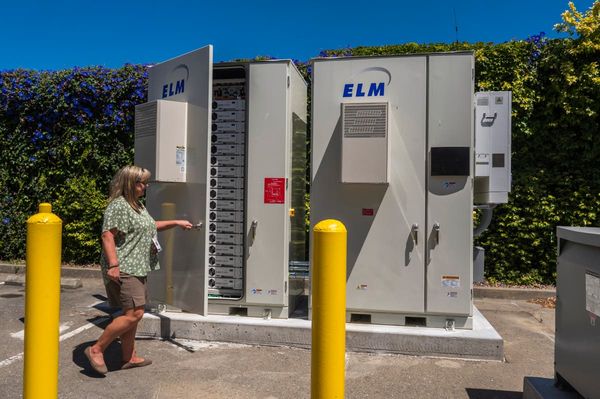
August is set to bring joy for moon gazers, with two supermoons in the coming weeks: one on 2 August and a second on 31 August.
The orbit of the moon around Earth is slightly elliptical, which means it is sometimes closer and sometimes further away.
A supermoon occurs when the full moon occurs around the same time it nears the closest point in its orbit to Earth, known as the perigee.
“The orbit of the moon varies 40,000-45,000km. If the moon is 20,000-25,000km closer [than average], it’s a supermoon,” said Dr Brad Tucker, an astrophysicist from the Australian National University.
Supermoons are about 15% brighter than the average full moon, but this difference is not generally visible to the naked eye.
How to view the supermoon tonight
The best way to view the first August supermoon, nicknamed a “sturgeon moon”, is to catch it rising in the east at sunset on Tuesday 1 August, Tucker said. “As it rises in the early evening is the best chance to see it across Australia, even though it will be full peak [Wednesday] morning.”
The supermoon will reach “peak fullness” at 4.31am Australian Eastern Standard Time, but will not be noticeably larger or brighter to the naked eye, he said. It will be 357,344km away from Earth.
“The full moon always looks big on the horizon, because you do get a little bit of distortion due to the Earth’s atmosphere and curvature, but also you get the optical illusion of things to compare it to … trees and buildings and houses,” Tucker said.
The moniker “sturgeon moon” originates from North America and has been documented in farming almanacs. The nickname for the August full moon is linked to historically plentiful numbers of sturgeon in North American lakes at this time of year. Elsewhere, the August full moon has been called the “corn moon” and the “dispute moon”.
“Historically, the lunar cycle was very useful and … linked to seasonal changes for animals and crop growth,” Tucker said.
What is the blue moon and when is it?
The second supermoon of the month, on 31 August, is known as a “blue moon”, which refers not to the moon’s appearance but to the frequency of full moons.
Some define a blue moon as being one extra – 13 full moons – in a calendar year, while others define it as two full moons in the same calendar month, Tucker said.
As suggested by the phrase “once in a blue moon”, these are relatively rare events, which occur once every two to three years.
The August blue moon will be the closest of four supermoons in a row this year, at a distance of 357,344km from Earth.
The first supermoon took place on 3 July, and the fourth will take place on 29 September.







